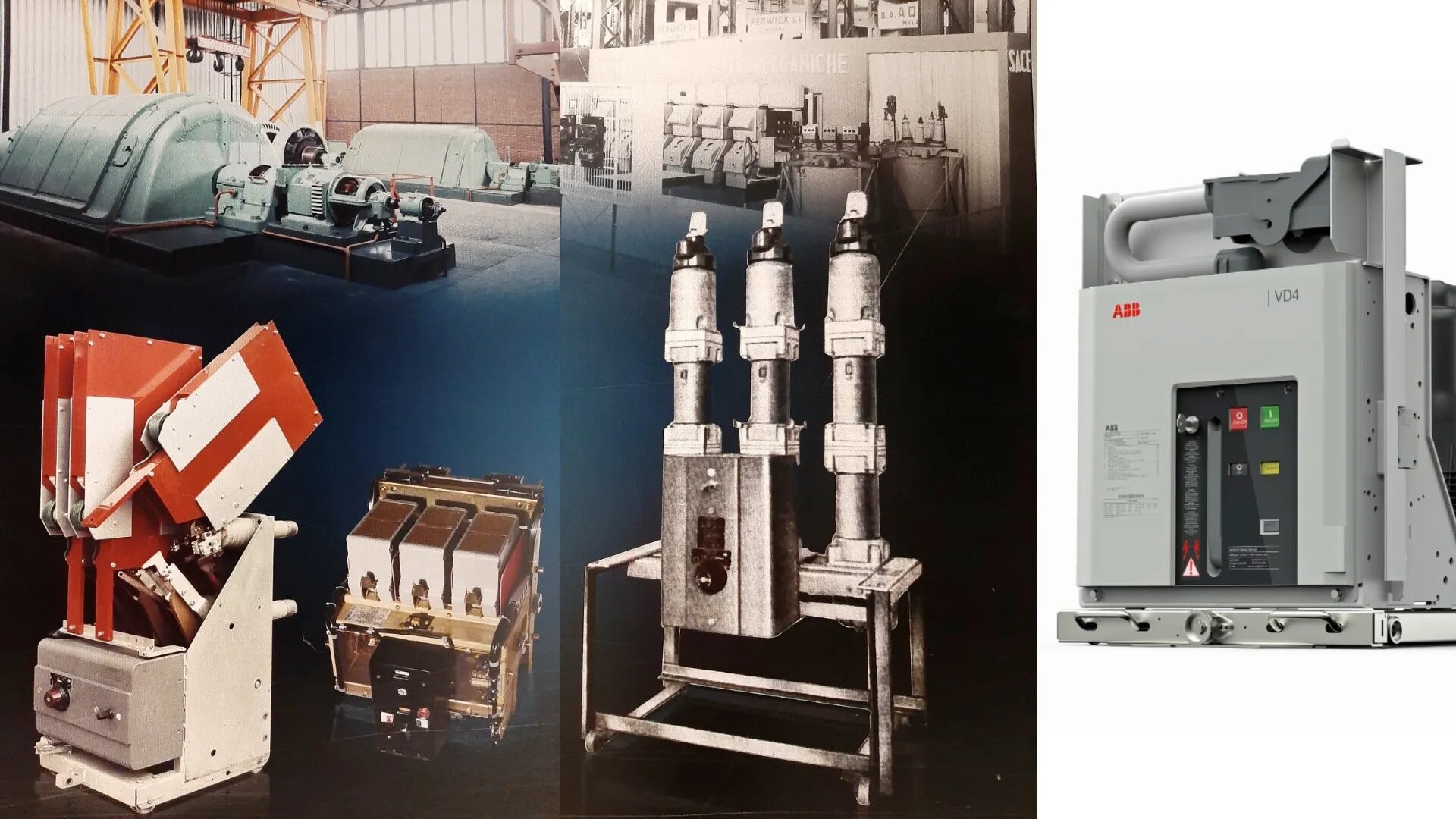

Articles
When Were Circuit Breakers First Used
Modified: January 7, 2024
Discover the history of circuit breakers and their origins. Read informative articles about when circuit breakers were first used and their impact on electrical safety.
(Many of the links in this article redirect to a specific reviewed product. Your purchase of these products through affiliate links helps to generate commission for Storables.com, at no extra cost. Learn more)
Introduction
Electricity plays a crucial role in our daily lives, powering our homes, businesses, and industries. However, the safe utilization of electrical energy wasn’t always a given. In the early days of electricity, the lack of effective protective devices posed significant risks to both life and property. This led to the development of circuit breakers, which have come a long way since their inception.
In this article, we’ll delve into the fascinating history of circuit breakers, exploring how they were first introduced and their evolution over time. We’ll also discuss the advancements in circuit breaker technology that have made our electrical systems safer and more efficient.
So, let’s turn back the clock and travel back to the early days of electricity to understand why circuit breakers were needed and how they have become an integral part of modern electrical systems.
Key Takeaways:
- Circuit breakers have evolved from simple devices to sophisticated digital systems, ensuring safe and reliable electrical power distribution in modern systems. Their advancements have enhanced precision, speed, and intelligence, making them indispensable in residential, commercial, and industrial applications.
- The development of circuit breakers, from the early days of electricity to the present, has significantly improved the safety, efficiency, and reliability of electrical systems. With features like electronic trip units, digital monitoring, and selective coordination, circuit breakers continue to shape the future of electrical infrastructure.
Early Electrical Systems
In the late 19th century, electrical power systems were still in their infancy. The utilization of electricity was growing rapidly, with the emergence of electric lighting and the development of industrial machinery. However, the lack of adequate protective devices posed significant challenges.
In those early days, electrical systems primarily relied on fuses to protect against overcurrents. Fuses were designed to melt and break the circuit when a current overload occurred. While effective to some degree, fuses had limitations. Once a fuse melted, it needed to be manually replaced, causing interruptions in power supply and inconvenience.
Furthermore, fuses were not always reliable and often failed to respond quickly enough in the event of a fault. This posed a significant safety risk as electrical fires and shocks were a common occurrence.
As the use of electricity expanded, it became clear that a more efficient and reliable protective device was needed. This spurred the development of circuit breakers.
Circuit breakers offered a significant improvement over fuses. Unlike fuses, which required manual replacement after a fault, circuit breakers could be reset and reused. This eliminated the need for constant replacement and allowed for faster restoration of power. Additionally, circuit breakers were designed to respond quickly to overcurrents, providing enhanced protection against electrical hazards.
The need for circuit breakers grew rapidly as electrical systems became more complex and interconnected. They became an essential component in ensuring the safety and stability of electrical networks, both for residential and industrial applications.
The Need for Circuit Breakers
As electricity became more widely used in the late 19th century, the need for a reliable and efficient protective device became increasingly apparent. The limitations of fuses prompted the development of circuit breakers to address these issues.
One of the primary reasons for the need for circuit breakers was the increasing demand for electrical power. As industries grew and technology advanced, electrical systems became more intricate, with a higher number of circuits and more significant loads. This increase in electrical demand meant a higher risk of overcurrents and electrical faults.
Circuit breakers were designed to protect electrical systems from overloads and short circuits by automatically breaking the circuit when an abnormal current flow was detected. This capability significantly reduced the risk of electrical fires, equipment damage, and personal injuries.
Another crucial factor that created the need for circuit breakers was the desire for uninterrupted power supply. In industrial settings, any downtime caused by blown fuses or manual replacement could result in significant losses. Circuit breakers offered the advantage of quick resetting, allowing for faster restoration of power in the event of a fault.
Additionally, circuit breakers provided an added level of safety compared to fuses. They were designed to respond quickly to faults, minimizing the duration and extent of any potential damage. The ability to trip instantaneously in the presence of an abnormal current reduced the risk of electrical shocks and fires, making circuit breakers a more reliable protective device.
Furthermore, circuit breakers offered the advantage of adjustable trip settings, allowing for customization based on the specific requirements of different electrical systems. This flexibility made them suitable for a wide range of applications, from residential installations to large-scale industrial complexes.
Overall, the need for circuit breakers arose from the growing complexity of electrical systems, the demand for uninterrupted power supply, and the need for enhanced safety measures. The development of circuit breakers marked a significant milestone in electrical infrastructure, improving the efficiency, reliability, and safety of electrical systems.
The First Circuit Breakers
The development of the first circuit breakers can be credited to the work of Thomas Edison and his team in the late 19th century. Edison recognized the limitations of fuses and sought a more reliable solution for protecting electrical systems.
In 1879, Edison’s team introduced the first practical circuit breaker, known as the “automatic cut-out.” This early circuit breaker consisted of a lever mechanism that tripped and opened the circuit when excessive current flowed through it. The lever mechanism utilized an electromagnet, which would be activated when the current exceeded a predetermined threshold.
While revolutionary at the time, these early circuit breakers still had some limitations. They were primarily designed for direct current (DC) systems and had relatively low interrupting capacities. This meant they were not as effective in protecting against higher fault currents or alternating current (AC) systems, which were gaining popularity.
As the demand for electricity continued to grow, there was a need for circuit breakers that could handle higher currents and be compatible with AC systems. In the early 20th century, advancements in technology led to the development of air circuit breakers.
Air circuit breakers employed a different operating mechanism that used compressed air to quench the arc created when the circuit was interrupted. This allowed for higher interrupting capacities and made AC systems safer and more reliable.
Another significant milestone in circuit breaker development was the introduction of oil circuit breakers. In the 1920s, engineers realized that immersing the contacts in a special insulating oil could rapidly extinguish the arc generated when the circuit was interrupted. Oil circuit breakers offered even higher interrupting capacities and better protection against faults in high-voltage transmission systems.
Throughout the 20th century, various other types of circuit breakers were introduced, including vacuum circuit breakers and sulfur hexafluoride (SF6) circuit breakers, each with their unique advantages and applications. These advancements in circuit breaker technology paved the way for safer and more reliable electrical systems.
Today, circuit breakers have become a standard component in residential, commercial, and industrial installations across the globe. They continue to evolve, with advanced features such as digital monitoring and remote operation, ensuring the utmost safety and efficiency in electrical distribution systems.
The first circuit breakers developed by Edison and subsequent innovations in the field laid the foundation for the modern circuit breakers we rely on today. Their inventiveness and dedication to creating safer electrical systems have had a profound impact on the way we harness and utilize electricity.
The first modern electrical circuit breaker was patented in 1924 by Hugo Stotz, but the concept of circuit protection dates back to the early 20th century.
Evolution of Circuit Breaker Designs
Over the years, circuit breaker designs have evolved significantly, driven by the need for higher performance, improved safety, and increased efficiency. Let’s explore the key advancements that have shaped the evolution of circuit breakers.
As mentioned earlier, the early circuit breakers developed by Thomas Edison and his team utilized electromechanical mechanisms to trip and open the circuit when excessive current was detected. However, as electrical systems became more complex and the demand for higher interrupting capacities grew, new technologies were introduced.
One major advancement was the development of the thermal-magnetic circuit breaker. This type of circuit breaker used both a bimetallic strip, which responds to heat, and an electromagnetic coil, which responds to high current. By combining these two elements, thermal-magnetic circuit breakers provided enhanced protection against both overloads and short circuits.
Further improvements in circuit breaker technology led to the invention of electronic trip units. Electronic trip units utilized electronic sensors and controls to monitor current more accurately and respond faster to abnormalities. This provided better precision and sensitivity in detecting faults, reducing the risk of damage to electrical equipment and preventing unnecessary power interruptions.
The demand for more compact and space-saving circuit breakers led to the development of miniature circuit breakers (MCBs) and molded case circuit breakers (MCCBs). MCBs are widely used in residential and commercial applications, offering reliable protection in a compact size. MCCBs, on the other hand, are designed for higher current ratings and are commonly used in industrial settings.
Another important advancement in circuit breaker technology was the introduction of intelligent trip units. These advanced devices incorporate features such as adjustable trip settings, communication capabilities, and built-in monitoring systems. Intelligent trip units provide real-time data on electrical parameters, improving the visibility and control of electrical systems.
In recent years, digital technologies have further transformed circuit breaker designs. Digital circuit breakers integrate advanced sensors, microprocessors, and communication capabilities, allowing for enhanced monitoring and control. They enable remote operation, intelligent load management, and predictive maintenance, revolutionizing the way electrical systems are managed.
Moreover, the focus on sustainability and energy efficiency has led to the development of eco-friendly circuit breakers. These circuit breakers use environmentally friendly gases, such as SF6 alternatives, to minimize greenhouse gas emissions and reduce the environmental impact.
The evolution of circuit breaker designs has continually pushed the boundaries of performance, safety, and convenience. From electromechanical mechanisms to intelligent digital systems, circuit breakers have become more sophisticated, versatile, and reliable, meeting the ever-increasing demands of modern electrical systems.
Advancements in Circuit Breaker Technology
Over the years, advancements in circuit breaker technology have transformed the landscape of electrical distribution and protection. These innovations have significantly enhanced the efficiency, reliability, and safety of electrical systems. Let’s explore some of the key advancements in circuit breaker technology.
Electronic Trip Units: One of the major breakthroughs in circuit breaker technology was the introduction of electronic trip units. These advanced trip units utilize microprocessors and electronic sensors to monitor and analyze electrical parameters. They offer improved accuracy, sensitivity, and response time, allowing for better protection against electrical faults.
Digital Monitoring and Communication: Circuit breakers with digital capabilities have revolutionized the way electrical systems are managed. With built-in communication capabilities, these advanced devices can provide real-time data on electrical parameters, such as current, voltage, and power consumption. This enables remote monitoring, control, and diagnostics, facilitating predictive maintenance and optimizing system performance.
Selective Coordination: Selective coordination is a technique used to ensure that only the closest circuit breaker to the fault trips, while upstream breakers remain unaffected. This technique minimizes downtime and localizes the impact of faults, improving system reliability. Modern circuit breakers are equipped with advanced coordination features, allowing system designers to achieve selective coordination more effectively.
Arc Fault Detection: Arc faults can occur when electrical arcing creates a sustained electrical discharge that can lead to fires. Arc fault detection technology, incorporated into circuit breakers, can detect these hazardous conditions and trip the breaker to prevent further damage. This technology significantly enhances the safety of electrical systems, especially in residential and commercial settings.
GFCI/AFCI Protection: Ground Fault Circuit Interrupters (GFCIs) and Arc Fault Circuit Interrupters (AFCIs) are specialized circuit breakers that provide extra protection against electrical hazards. GFCIs detect imbalances in current between the line and neutral conductors and trip the circuit if a ground fault is detected, preventing electric shocks. AFCIs, on the other hand, are designed to detect series and parallel arcing faults, reducing the risk of electrical fires caused by faulty wiring.
Energy Management: Increasing awareness of energy consumption and sustainability has driven advancements in circuit breaker technology aimed at energy management. Intelligent circuit breakers can monitor and control power usage, allowing for efficient load management. This capability helps optimize energy consumption, reduce waste, and contribute to a more sustainable electrical infrastructure.
Enhanced Safety Features: Recent advancements have focused on improving safety features in circuit breakers. For example, some circuit breakers incorporate built-in ground fault protection for added safety in wet or damp environments. Others feature improved insulation and circuit arc interrupting mechanisms to minimize hazards related to arc faults and electrical fires.
Efficiency in Design: Circuit breaker designs have evolved to be more compact, lightweight, and efficient. Reductions in size and weight have enabled easier installation and integration into electrical panels. Advanced materials and manufacturing techniques have improved energy efficiency, reducing power losses and optimizing performance.
Overall, advancements in circuit breaker technology have transformed electrical distribution and protection systems. From electronic trip units and digital monitoring to selective coordination and enhanced safety features, these innovations have made electrical systems safer, more efficient, and more sustainable than ever before.
Circuit Breakers in Modern Electrical Systems
In modern electrical systems, circuit breakers play a pivotal role in ensuring the safe and reliable distribution of electrical power. As technology continues to advance, circuit breakers have become more sophisticated and integral to the functioning of various applications. Let’s explore the significance of circuit breakers in modern electrical systems.
Residential Applications: Circuit breakers are a crucial component of residential electrical systems. They protect household devices from electrical faults, such as overloads and short circuits. Circuit breakers are installed in distribution panels or circuit breaker boxes, allowing for convenient control and individual protection of circuits throughout the house. Advanced features like AFCI and GFCI protection enhance safety by preventing electric shocks and electrical fires, making modern homes safer for occupants.
Commercial and Industrial Applications: Circuit breakers are even more critical in commercial and industrial settings, where electrical loads are higher and more complex. They protect valuable equipment, machinery, and systems from damage caused by electrical faults. Circuit breakers are designed to handle high voltages and current levels, ensuring the safe operation of industrial processes and large-scale electrical systems.
Renewable Energy Integration: With the growing emphasis on renewable energy sources, circuit breakers have become essential in integrating renewable generation into the electrical grid. Solar power plants, wind farms, and other renewable energy installations rely on circuit breakers to protect equipment, manage power flow, and isolate faulty sections. Advanced digital circuit breakers are capable of monitoring and controlling energy production, allowing for grid stability and efficient utilization of renewable resources.
Data Centers: Circuit breakers are critical in data centers, where uninterrupted power supply is crucial. These facilities house numerous servers and computer systems that require reliable and continuous power. Circuit breakers, often equipped with intelligent trip units and digital monitoring, ensure the proper distribution of power, protect against electrical faults, and allow for remote management and monitoring of power usage.
Electric Vehicles (EVs): The rise of electric vehicles has increased the demand for circuit breakers. EV charging stations require circuit breakers to handle high currents safely and efficiently. Circuit breakers with specific ratings and features are utilized to protect the charging infrastructure and ensure the seamless charging of electric vehicles.
Smart Grid Integration: The development of the smart grid, an intelligent and dynamic electrical grid, relies heavily on advanced circuit breaker technology. Smart grid systems utilize digital circuit breakers with communication capabilities to enable real-time monitoring, remote control, and optimization of power distribution. This integration allows for efficient load management, fault detection, and restoration, ultimately improving the reliability and efficiency of the electrical grid.
In summary, circuit breakers have become an essential component of modern electrical systems across various applications. From residential installations to industrial complexes, from renewable energy integration to data centers and electric vehicle infrastructure, circuit breakers ensure the safe and reliable distribution of electrical power. With advancements in technology, circuit breakers continue to evolve, incorporating intelligent features, digital capabilities, and enhanced safety measures to meet the ever-growing demands of modern electrical systems.
Conclusion
Circuit breakers have come a long way since their inception, evolving from simple electromechanical devices to sophisticated digital systems. These essential protective devices have played a crucial role in ensuring the safe and reliable distribution of electrical power in modern electrical systems.
From the early days of electricity to the present, the need for circuit breakers has grown exponentially. As systems became more complex and the demand for higher currents increased, circuit breakers provided the necessary protection against overloads, short circuits, and other electrical faults.
The first circuit breakers developed by pioneers like Thomas Edison laid the foundation for subsequent innovations. Advancements in technology led to the introduction of air circuit breakers, oil circuit breakers, and other types that could handle higher currents and improve safety.
The evolution of circuit breaker designs and the advancements in their technology have made electrical systems safer, more efficient, and more reliable. Electronic trip units, digital monitoring, selective coordination, arc fault detection, and other features have enhanced the precision, speed, and intelligence of circuit breakers.
In modern electrical systems, circuit breakers are indispensable in residential, commercial, and industrial applications. They protect valuable equipment, ensure uninterrupted power supply, integrate renewable energy sources, and support the development of smart grids. Circuit breakers have become an integral part of our daily lives, facilitating the safe and efficient utilization of electrical power.
Looking ahead, circuit breakers will continue to evolve to meet the ever-growing demands of an increasingly complex electrical landscape. Incorporating advanced technologies like artificial intelligence, predictive analytics, and energy management capabilities, circuit breakers will play a pivotal role in shaping the electrical systems of the future.
In conclusion, circuit breakers have come a long way since their inception and have greatly contributed to the safety, efficiency, and reliability of modern electrical systems. These remarkable devices remain vital in protecting against electrical hazards, ensuring uninterrupted power supply, and driving innovations in the electrical industry.
Frequently Asked Questions about When Were Circuit Breakers First Used
Was this page helpful?
At Storables.com, we guarantee accurate and reliable information. Our content, validated by Expert Board Contributors, is crafted following stringent Editorial Policies. We're committed to providing you with well-researched, expert-backed insights for all your informational needs.
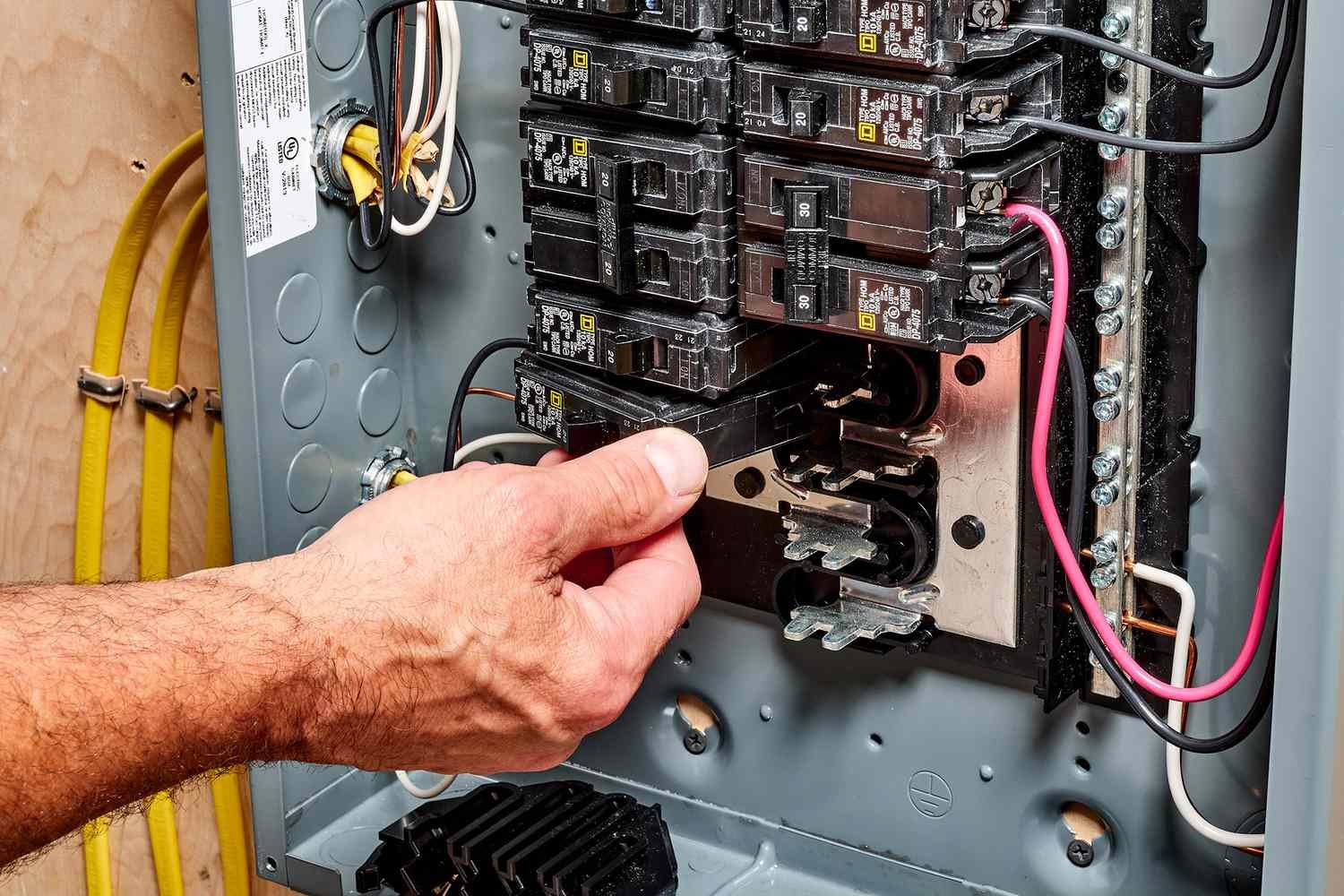
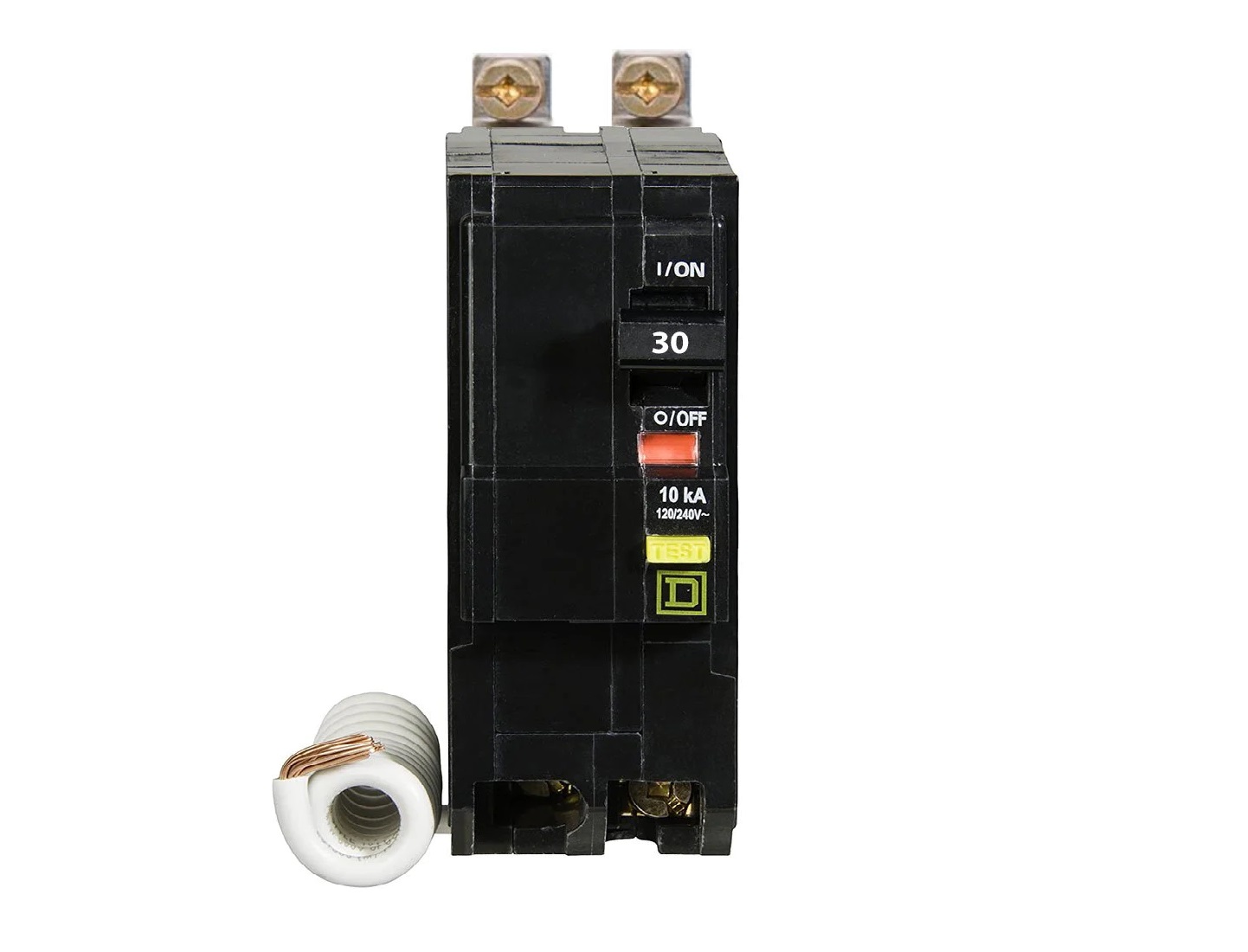

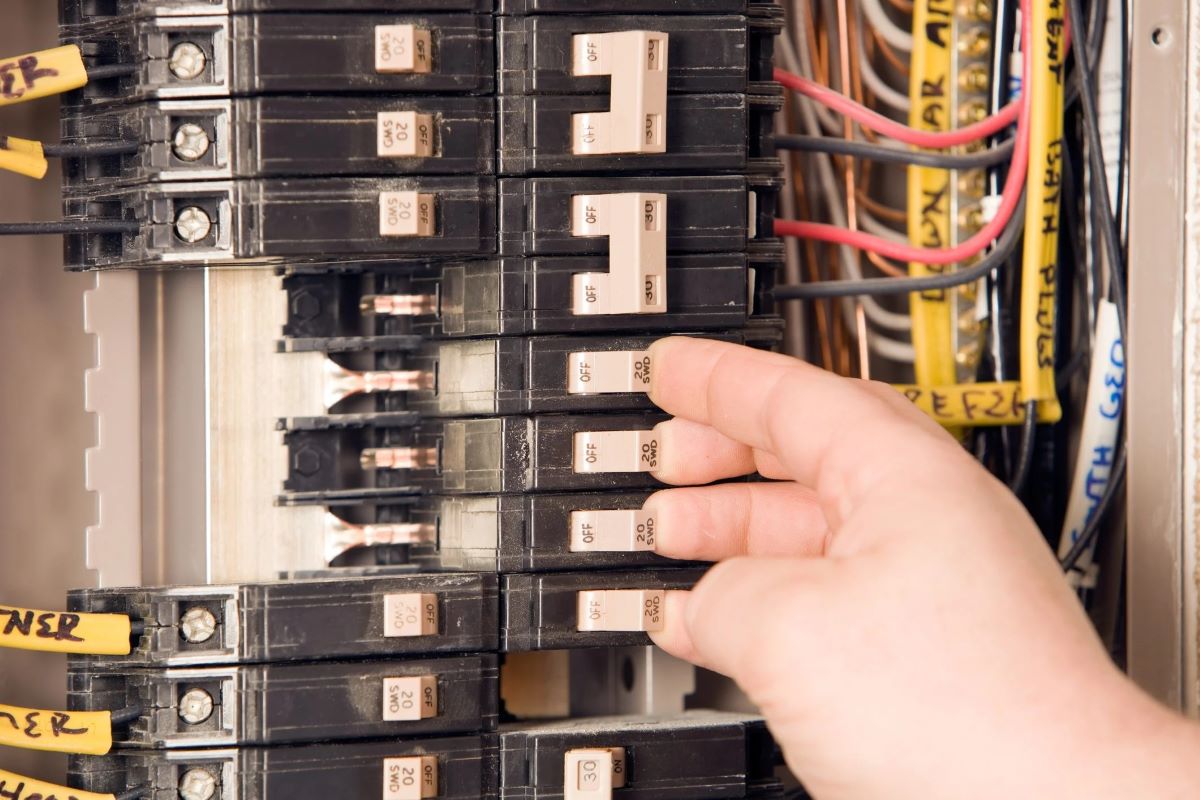
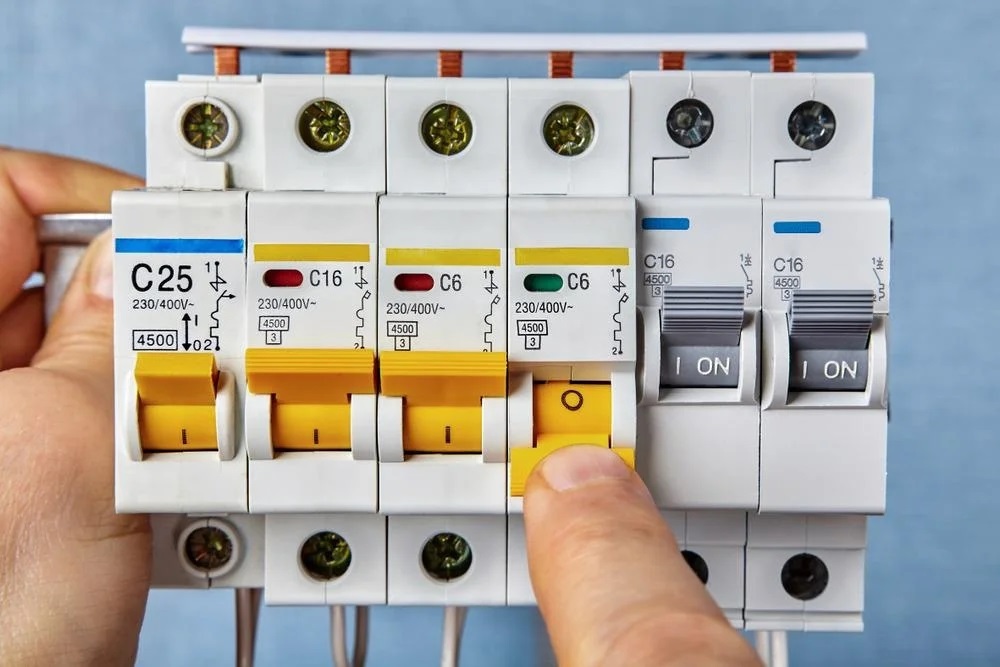
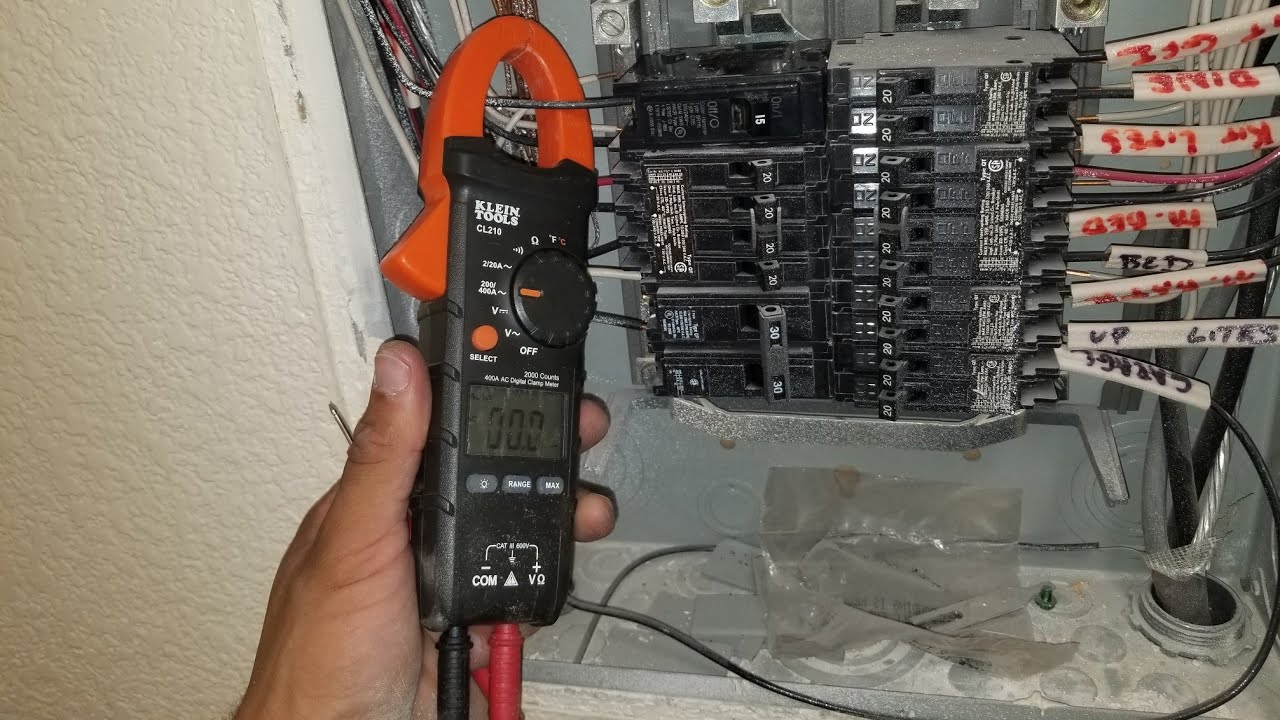
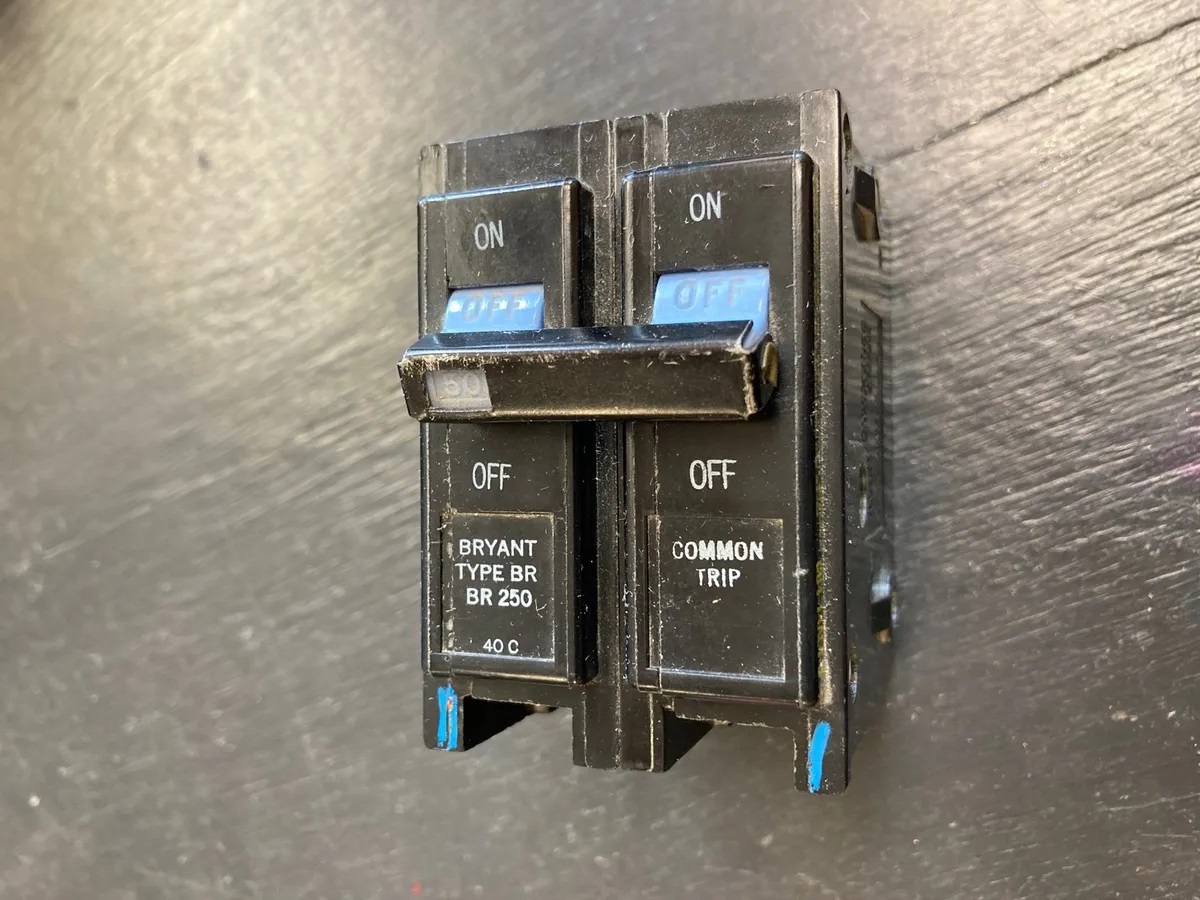


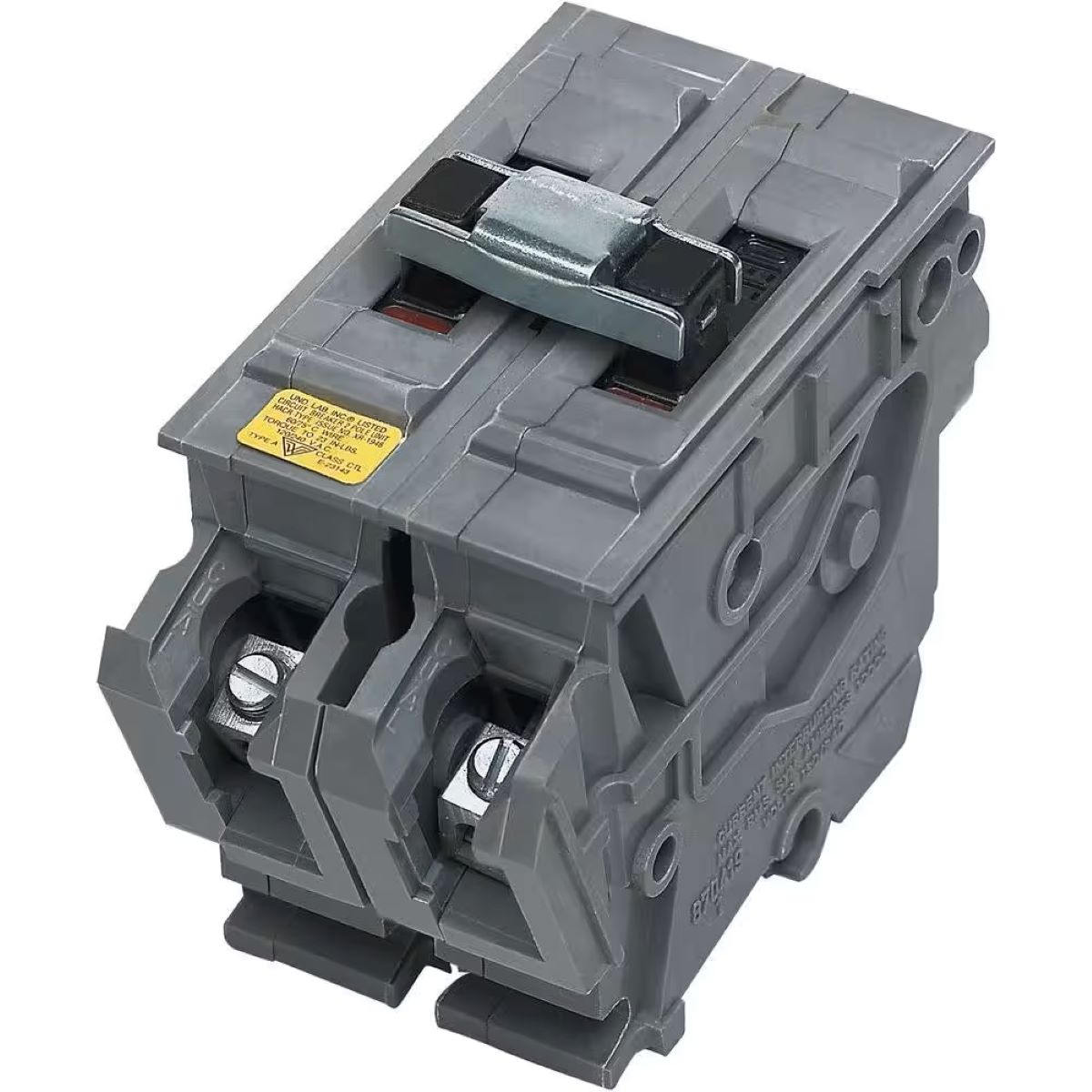
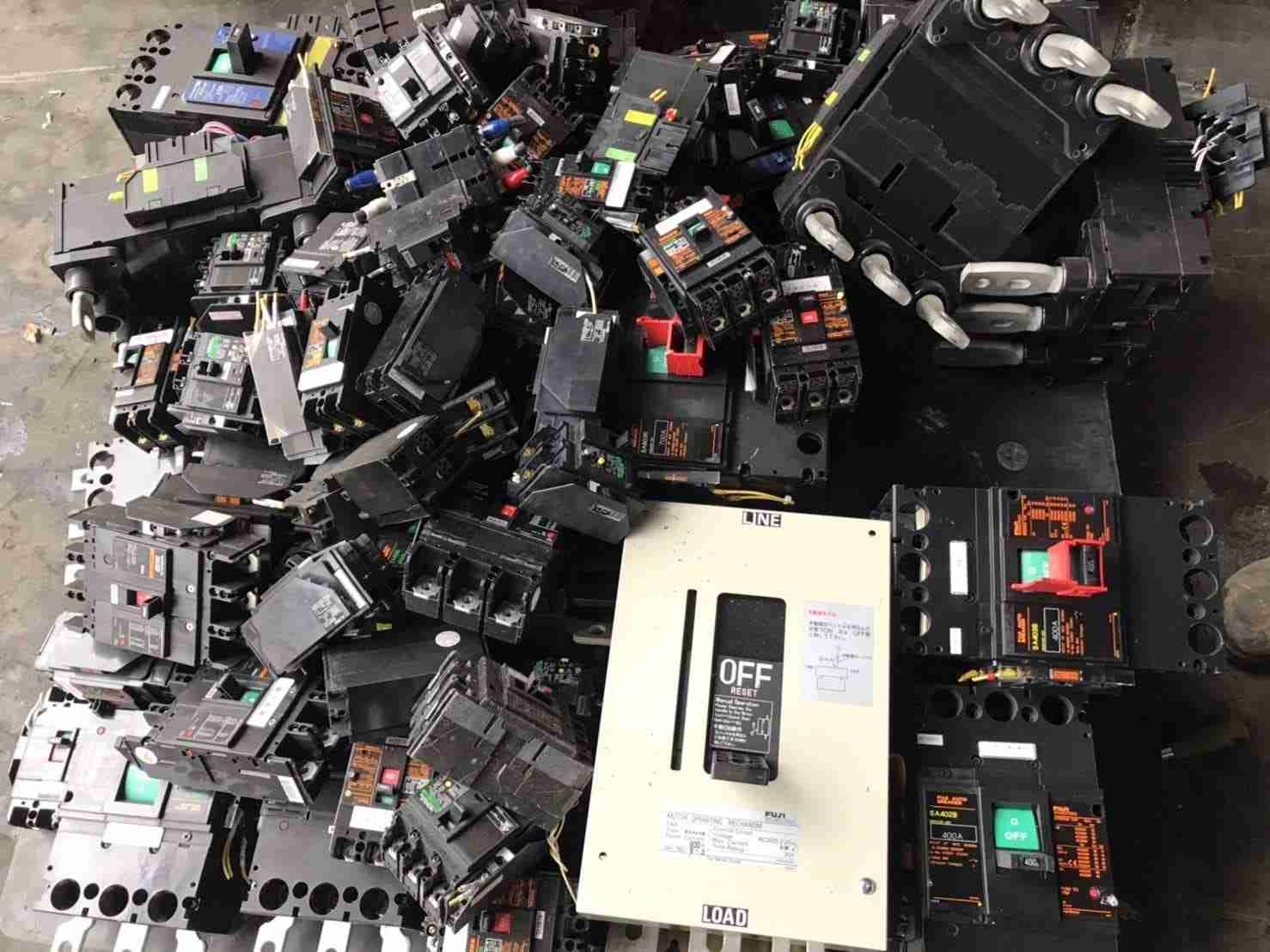
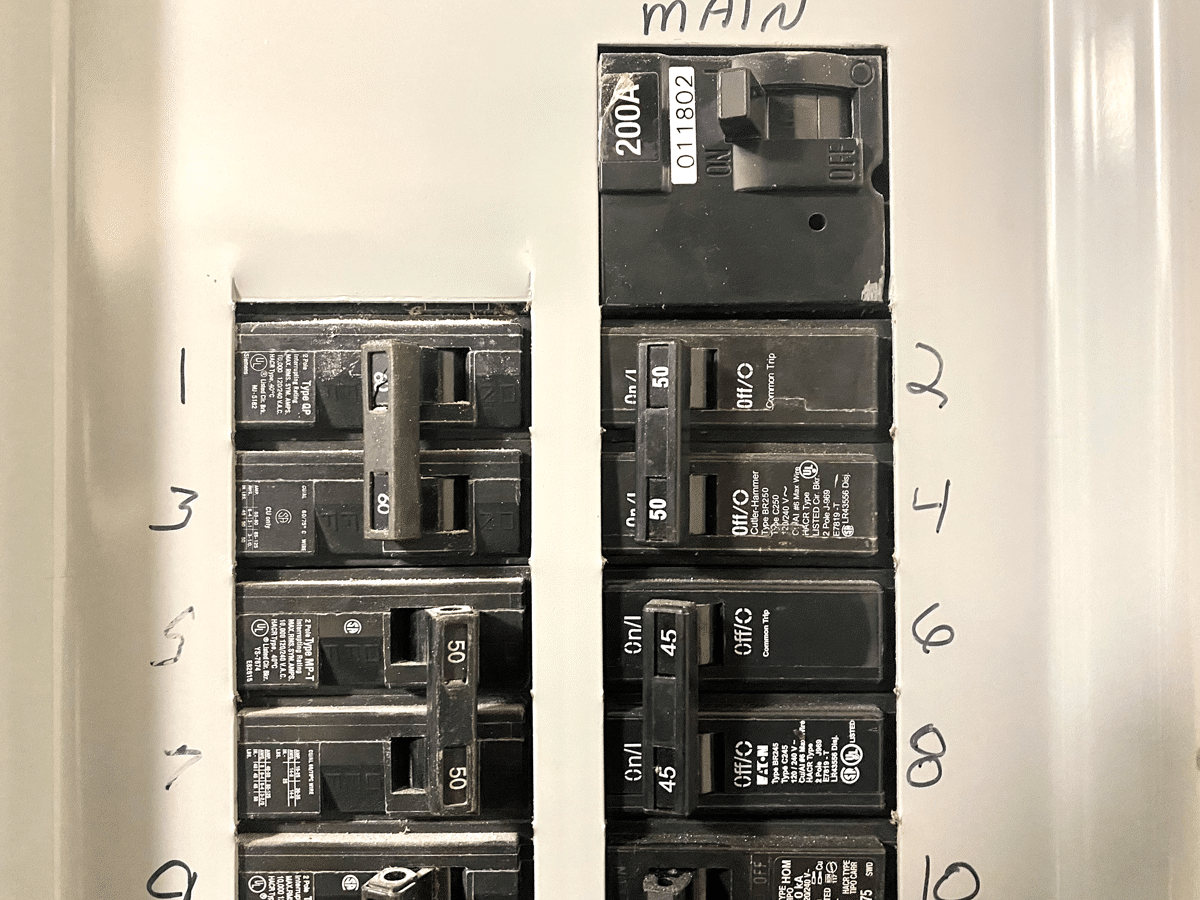
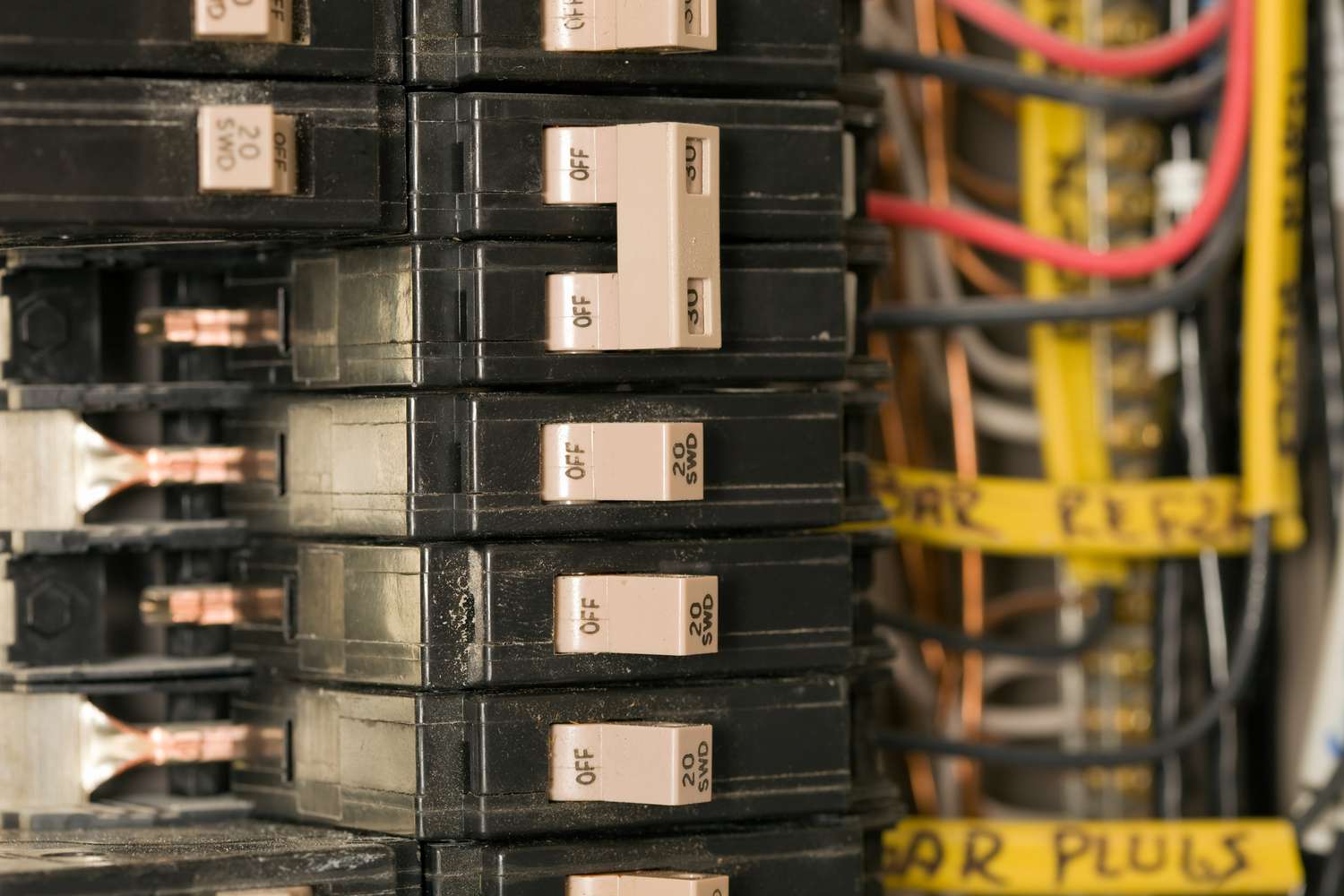
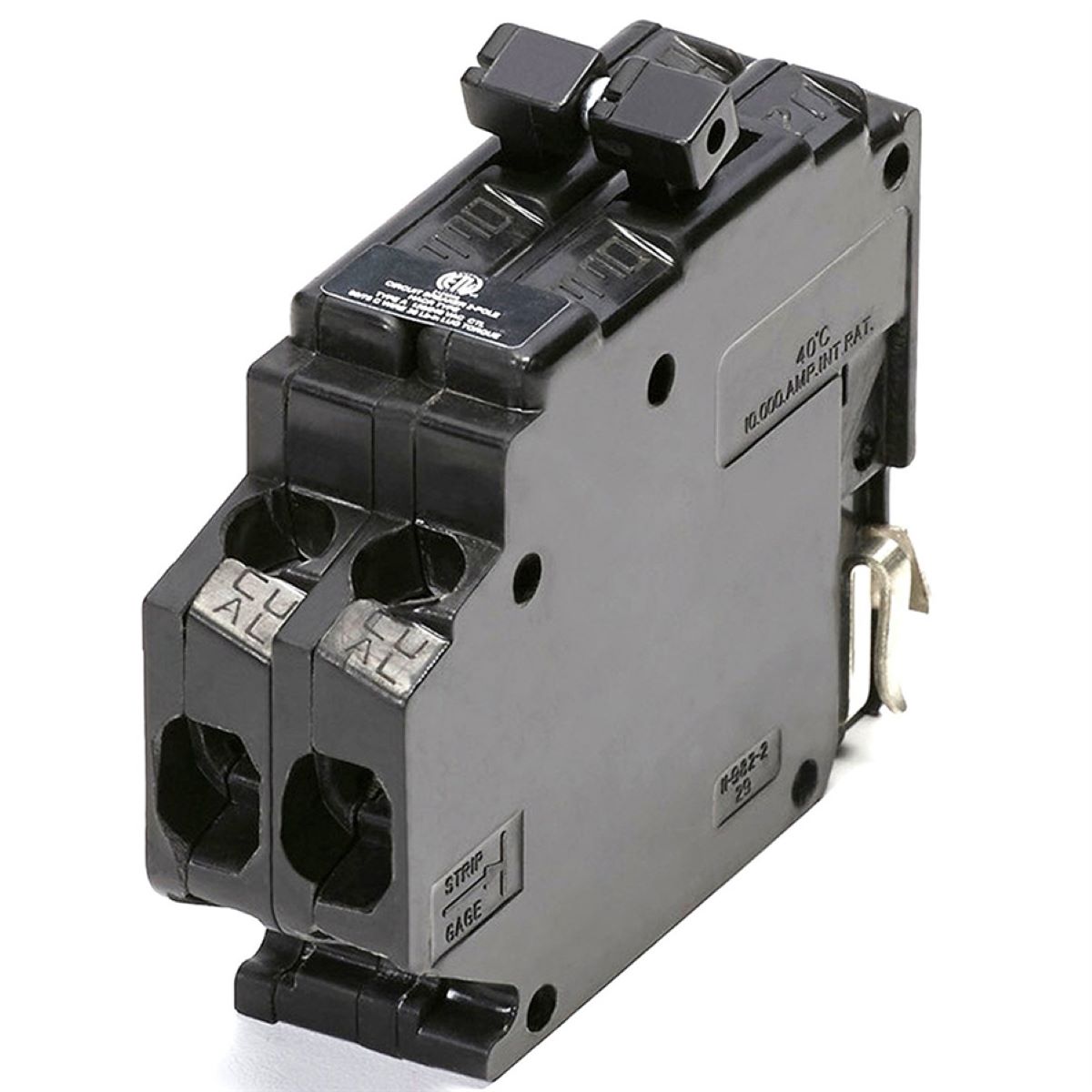

0 thoughts on “When Were Circuit Breakers First Used”